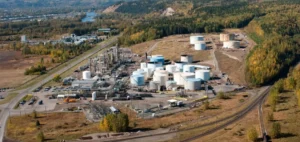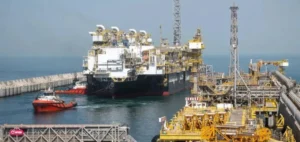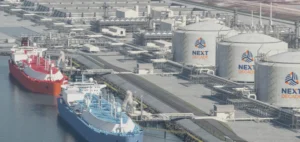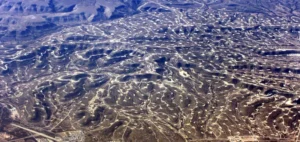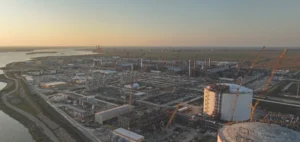Chinese authorities have forecast unprecedented winter demand for electricity and gas for late 2025, according to the latest estimates from the National Development and Reform Commission (NDRC). The announcement comes after a summer in which national electric load exceeded 1.5 terawatts, with repeated record highs in 36 provinces, pushing the energy system to its limits.
An energy mix still dominated by coal
Approximately 54% of China’s electricity is generated from coal, while fossil fuels account for around 86% of total primary energy consumption. Natural gas usage continues to rise, with an expected annual growth of 6.5% in 2025, reaching about 456bn cubic metres. This increase is mainly driven by industrial needs and urban heating. China remains the world’s largest importer of liquefied natural gas (LNG), though 2025 spot purchases are projected to fall 6–11%, with preference given to long-term contracts and pipeline supply.
Rising pressure on infrastructure and reserves
China has built up coal reserves estimated at 230mn tonnes, or around 35 days of consumption, with an additional 63mn tonnes at coastal ports. However, interregional flows are becoming critical, particularly during extreme weather. The ultra-high voltage (UHV) transmission network plays a central role in reallocating power from renewable-rich regions to energy-intensive coastal cities.
Strategic balancing under climatic constraints
The NDRC’s announcement aims to pre-empt public pressure in the event of localised supply stress or rolling blackouts. Beijing is managing seasonal consumption spikes while maintaining energy mix stability, especially during international climate negotiations. The government highlights the role of renewables, while also acknowledging the temporary need for more coal during peak periods.
A tense geopolitical and commercial backdrop
Tightened Western sanctions on Russian and Iranian energy exports are affecting hydrocarbon supply chains. China is strengthening ties with alternative partners, including pipeline deals with Russia and Central Asia, and long-term LNG contracts with Qatar, Australia and the United States. Spot purchases remain limited due to high prices, which may reduce flexibility during unexpected cold snaps.
Potential impacts on regional markets
A colder-than-expected winter would drive up thermal coal demand, supporting Asia-Pacific prices. Conversely, a mild winter would prolong oversupply cycles, impacting producer margins and reducing 2026 maritime coal imports. For gas, any surge in demand may trigger last-minute spot purchases, increasing market volatility across Asia.
Operational risks for companies and grid operators
Chinese power producers could see margin compression if wholesale electricity prices remain capped while coal and LNG procurement costs rise. Grid operators such as State Grid Corporation of China (SGCC) and China Southern Power Grid (CSG) may encounter localised congestion, despite the expanded UHV transmission network. Demand-side management tools remain limited, increasing the risk of blackouts during concurrent heating and industrial demand peaks.






